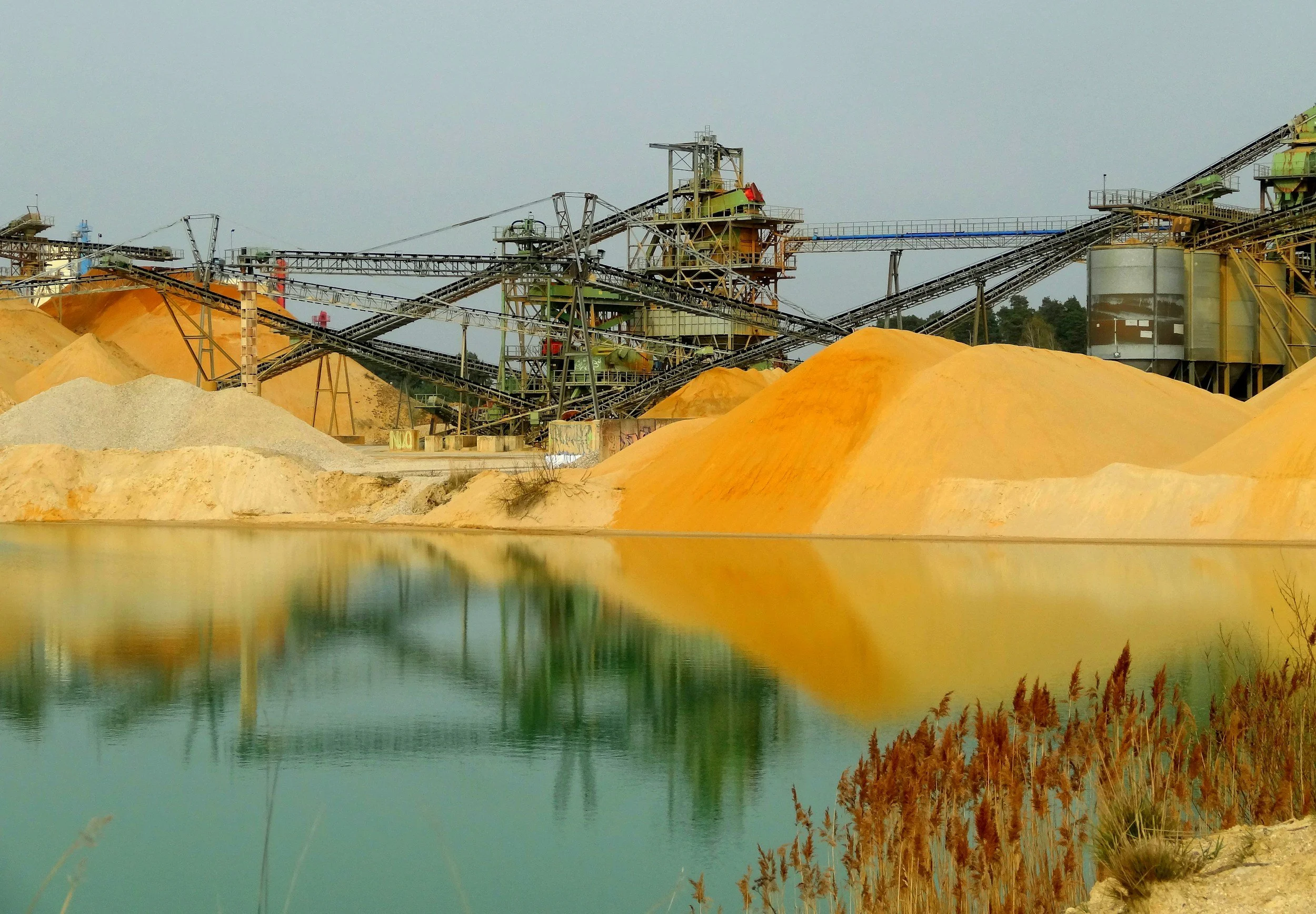Recent developments have brought the BHP–China dispute back into focus. BHP has reportedly agreed to settle around 30% of its spot iron ore sales to China in yuan, a move aimed at easing trade tensions that had disrupted flows earlier this year. Market observers view this as a quiet but symbolic step in the broader “commodities de-dollarization” trend, reflecting China’s long-term ambition to reduce its dependence on U.S. dollar-denominated trade.
This agreement marks not only a temporary resolution in the pricing standoff but also a potential turning point in how global commodity transactions may evolve in the years ahead.
Iron Ore Tensions Between BHP and China: The Headlines
The dispute between mining giant BHP and China’s central iron ore buying group (CMRG) has sent ripples through the dry bulk market, particularly the Capesize segment, which carries the world’s largest cargoes of iron ore.
The standoff, reportedly linked to pricing mechanisms and the use of foreign exchange benchmarks, led Chinese steelmakers and traders to temporarily pause purchases of BHP cargoes. Even though some shipments continue to move under existing contracts, the signal to the market was clear: the world’s biggest iron ore buyer is flexing its negotiating power.
Immediate Market Reaction
The initial headlines hit Capesize freight rates hard. The key Australia - China route saw a sharp correction as traders priced in fewer cargoes from BHP, one of the largest suppliers on that leg.
However, the weakness in the Pacific basin was partly offset by renewed activity elsewhere. As Chinese buyers turned to alternative suppliers such as Brazil’s Vale and West African miners, ships were forced to travel much longer distances. This shift increases tonne-miles, and can support overall demand for ships, even when total iron ore volumes remain steady.
Short-Term Outlook: Uncertainty and Volatility
If the dispute remains contained and short-lived, the effect on global shipping will likely be temporary. Freight rates could recover once BHP shipments to China normalize, especially if steel production rebounds on the back of any new stimulus measures in China.
But if talks drag on as some analysts suggest the stand-off could extend into 2026, the picture becomes more complex. A prolonged pause in Australian flows to China could reshape trade routes, increase voyage distances, and shift the balance of earnings between the Pacific and Atlantic markets.
In such a scenario, shipowners positioned in the Atlantic basin or those trading Brazil-China routes could find themselves in a stronger position, while Pacific focused operators may face softer demand.
Longer-Term Implications
Beyond short-term freight movements, this episode underscores China’s strategic goal of diversifying iron ore supply and gaining more control over pricing. A greater reliance on Brazil, Africa, and even domestic sources would create longer voyages and potentially more stable demand for Capesizes, though with higher exposure to policy risk and logistical challenges.
At the same time, any shift away from the traditional Australia–China corridor could change how mining companies structure their long-term contracts and how shipowners position their fleets.
Where the Opportunity Lies
For investors and market participants, volatility often creates opportunity. If the dispute extends, tonne-mile demand may rise, benefiting owners with exposure to long-haul routes and those active in FFAs that can capture regional rate spreads.
Conversely, a quick resolution could offer a “buy-the-dip” moment for those betting on a rebound in spot rates once BHP cargoes resume. Either way, this event highlights the deep interconnection between commodity politics and shipping economics, and how swiftly a pricing disagreement can ripple through global trade.
The BHP–China standoff is a reminder that even the most established trade flows are never entirely stable. While headlines may focus on iron ore pricing or diplomatic tensions, the underlying story is one of shifting power dynamics, between producers and consumers, and between the Pacific and Atlantic basins.
For the Capesize market, that means turbulence in the short term, but potentially a more balanced and diversified demand base in the years to come.
